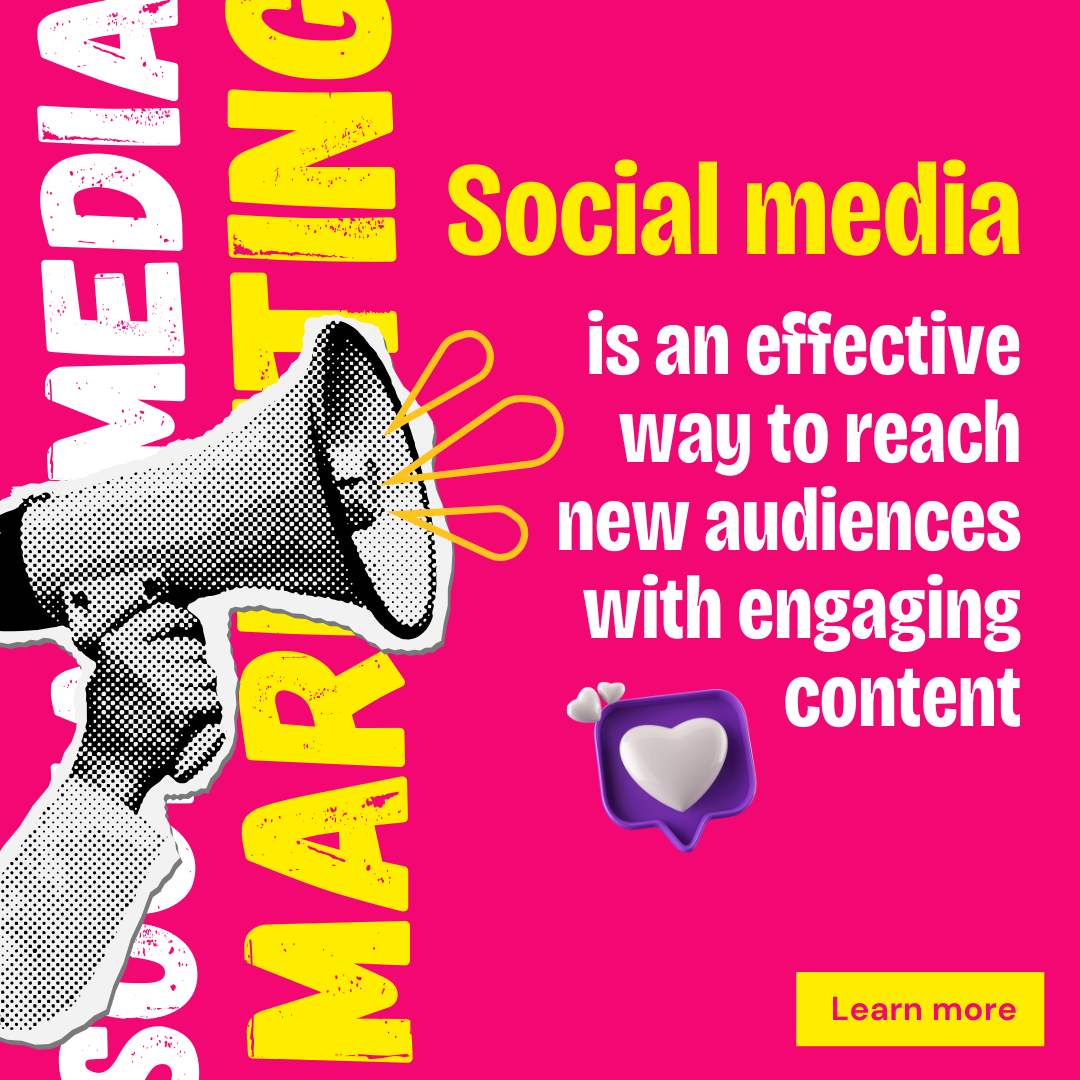
Understanding the Social Media Landscape in the UAE
The United Arab Emirates (UAE) has emerged as a vibrant hub for social media engagement, with a population that is notably tech-savvy. As of recent statistics, around 99% of the UAE’s population utilizes the internet, and social media penetration is at approximately 99%, making it one of the highest globally. Popular platforms such as Facebook, Instagram, Twitter, and Snapchat dominate the landscape, with Instagram being particularly favored among younger demographics. As businesses in the UAE increasingly recognize the importance of social media advertising, understanding this landscape becomes vital.
Demographically, the users of social media in the UAE are diverse, encompassing a mix of local Emiratis and expatriates from various nationalities. This diverse user base presents a unique challenge and opportunity for businesses seeking to tailor their advertising strategies. Notably, the age group of 18 to 34 years comprises the largest segment of social media users, indicating a youthful audience that values trend-driven content and engagement. These users are characterized by high levels of interaction, often sharing and commenting on posts, which reinforces the importance of creating compelling content that resonates with this group.
The user behavior in the UAE’s social media landscape reflects distinct preferences, with mobile usage being the predominant method for accessing these platforms. This indicates a critical need for businesses to optimize their advertising strategies for mobile compatibility. Additionally, the cultural nuances of the UAE significantly influence content consumption; businesses must ensure that their messaging aligns with the values and traditions of the local market, fostering meaningful connections with consumers.
Ultimately, the rapid growth of social media usage in the UAE has profound implications for businesses. With an increasing number of consumers turning to social media for product discovery and brand interaction, it is essential for businesses to harness the potential of social media advertising to remain competitive in today’s dynamic market environment.
Crafting Effective Social Media Advertising Strategies
Successful social media advertising strategies hinge on several critical components, particularly when targeting the unique market of the UAE. First and foremost, clearly defining the target audience is essential. Businesses must conduct in-depth market research to understand demographic breakdowns, psychographic characteristics, and digital behavior trends of their potential customers. This will help delineate not just general characteristics but also the specific needs and preferences that inform purchasing decisions.
Once the target audience is identified, selecting the appropriate social media platforms becomes paramount. Although platforms like Instagram, Facebook, and Twitter are prevalent, understanding which channels resonate most with the target demographic in the UAE is crucial. For example, younger audiences may be more engaged on platforms like TikTok or Snapchat, whereas professionals might prefer LinkedIn for business-related content.
Creating compelling ad content tailored to the chosen platforms is another critical element. This involves not only creating visually appealing graphics and videos but also crafting persuasive copy that captures attention within seconds. Utilizing local trends, cultural references, and current events to enhance ad relevance can significantly improve engagement. To further tailor content for the UAE audience, it is important to consider linguistic and cultural nuances, ensuring that messaging is respectful and aligns with local customs.
Ad formats also play a vital role in conveying messages effectively. Marketers should explore various formats such as carousel ads, interactive polls, and video snippets, each serving different objectives while catering to audience preferences. Budget allocation is another area requiring careful planning; businesses should determine daily spending limits based on anticipated ROI, scrutinizing analytics to adjust spending dynamically. Finally, measuring the effectiveness of these ads through performance metrics—such as click-through rates, engagement levels, and conversion benchmarks—will provide valuable insights that inform future strategies.
Best Practices for Social Media Advertising in the UAE
To maximize the effectiveness of social media advertising in the UAE, businesses should adhere to several best practices that can enhance their ad performance significantly. A key strategy involves implementing A/B testing to compare different ad variations. By systematically testing different headlines, images, or calls to action, businesses can ascertain which elements resonate best with their target audience. This iterative process not only refines advertising techniques but also contributes to a more efficient allocation of resources.
Moreover, leveraging analytics tools is vital for understanding audience behavior and measuring campaign success. Tools such as Facebook Analytics, Google Analytics, and Instagram Insights provide invaluable data regarding engagement rates, click-through rates, and demographic information. These metrics enable businesses to make informed decisions, optimize their campaigns, and tailor their messaging to better align with the expectations and preferences of the local audience.
Engaging with audiences in real time is another critical practice. Responding to comments and messages promptly fosters a sense of community and enhances customer relations. Businesses can capitalize on trending topics or local events by creating timely content that connects with current affairs, thereby increasing engagement and relevance. This approach allows brands to not only promote their products but also be seen as relatable and in tune with the local culture.
Building a community around a brand further enhances its social media presence. By creating content that is relatable and culturally relevant, businesses can establish a loyal customer base that values their perspective. Additionally, it is essential to ensure compliance with local regulations governing advertising practices. Adhering to these regulations protects the brand’s integrity and promotes a positive image, which is crucial in a diverse market like the UAE. Implementing these best practices will undoubtedly assist businesses in unlocking the full potential of their social media advertising efforts.
Case Studies of Successful Social Media Advertising Campaigns in the UAE
Across various sectors, businesses in the UAE have embraced social media advertising to achieve remarkable results. One notable case is the hospitality industry, where a luxury hotel chain utilized targeted ads on platforms like Instagram and Facebook to draw attention to its exclusive offers. The campaign centered around engaging visual content that showcased the property’s amenities, local attractions, and special packages. By employing demographic targeting based on user interests and behaviors, the hotel experienced a 40% increase in bookings over a three-month period, significantly enhancing its online presence and brand recognition.
Another compelling example comes from the retail sector. A local fashion brand launched a social media campaign during the Ramadan season to promote its limited-edition collection. The strategy included collaborations with influential local fashion bloggers to leverage their follower base. Creative contests prompted user-generated content, where customers showcased their outfits through photos on social media using a dedicated hashtag. This approach not only generated buzz but also fostered a sense of community around the brand. As a direct outcome, the fashion brand reported a 60% spike in social media engagement and a 25% increase in sales during the campaign period.
In the tech industry, a startup specializing in smart home solutions turned to social media ads to introduce its innovative products to potential customers. By utilizing video content to explain complex features and benefits, the startup captured viewers’ attention effectively. Targeting tech-savvy individuals through strategic demographics, the ads garnered thousands of views and led to a notable boost in website traffic. The startup managed to convert this traffic into sales, achieving a 35% increase in their revenue compared to the previous quarter.
These diverse case studies illustrate the power of social media advertising in the UAE. By analyzing their strategies, challenges, and results, businesses can derive valuable insights that may inspire them to adopt similar tactics tailored to their unique offerings. Ultimately, learning from successful campaigns reveals the potential of social media platforms as essential tools for achieving business objectives in a competitive landscape.









